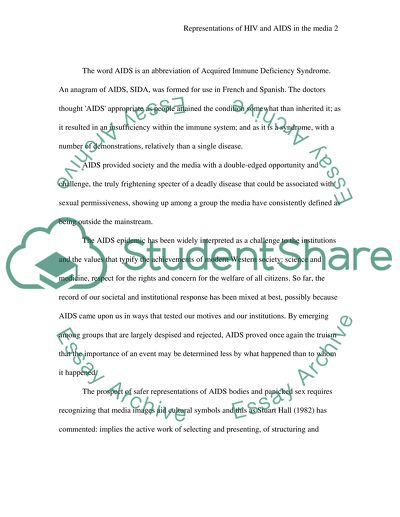Cite this document
(“Representations of HIV and AIDS in the media Essay”, n.d.)
Retrieved from https://studentshare.org/sociology/1522839-representations-of-hiv-and-aids-in-the-media
Retrieved from https://studentshare.org/sociology/1522839-representations-of-hiv-and-aids-in-the-media
(Representations of HIV and AIDS in the Media Essay)
https://studentshare.org/sociology/1522839-representations-of-hiv-and-aids-in-the-media.
https://studentshare.org/sociology/1522839-representations-of-hiv-and-aids-in-the-media.
“Representations of HIV and AIDS in the Media Essay”, n.d. https://studentshare.org/sociology/1522839-representations-of-hiv-and-aids-in-the-media.


